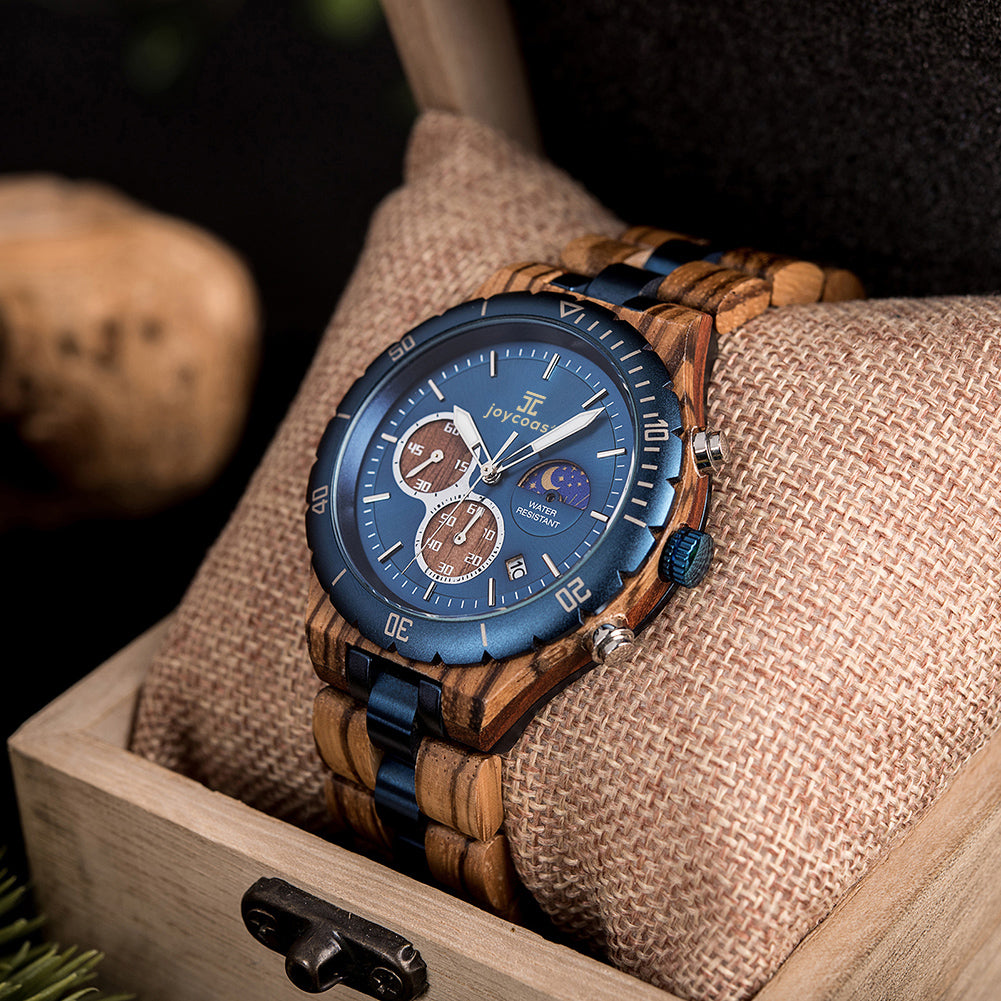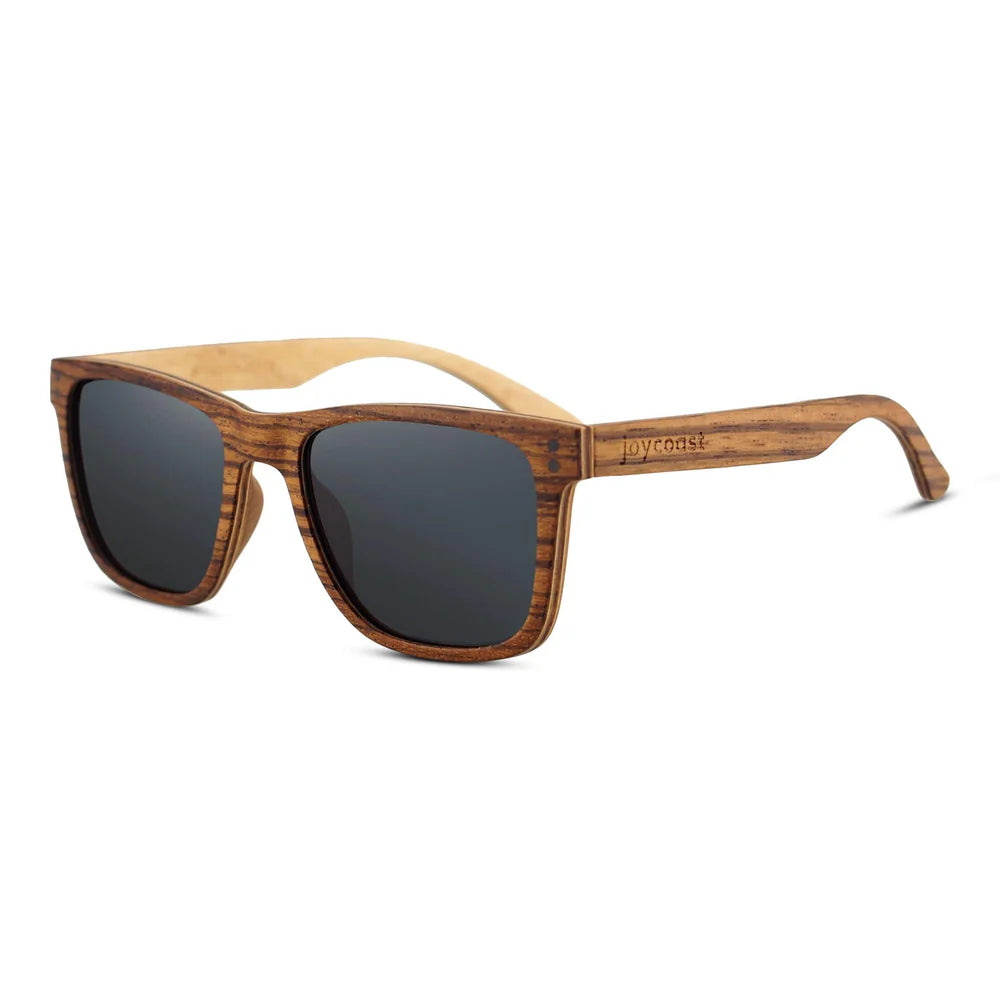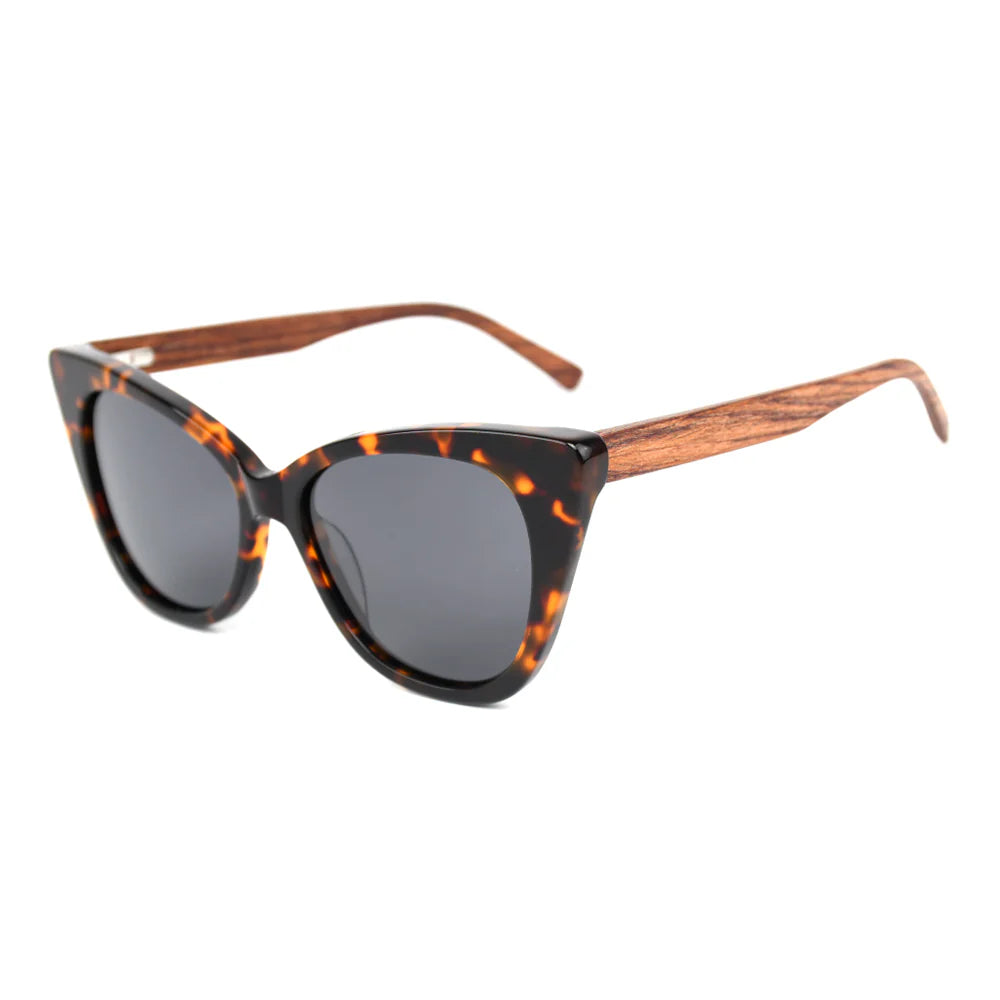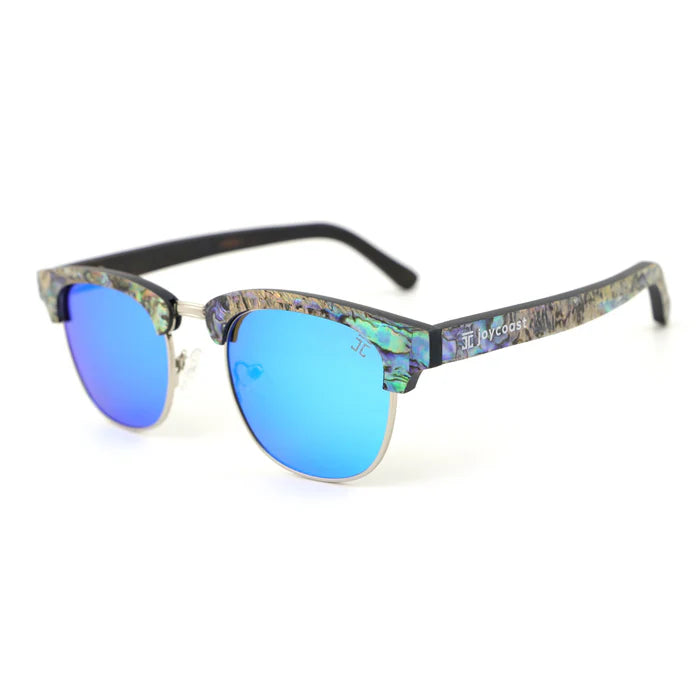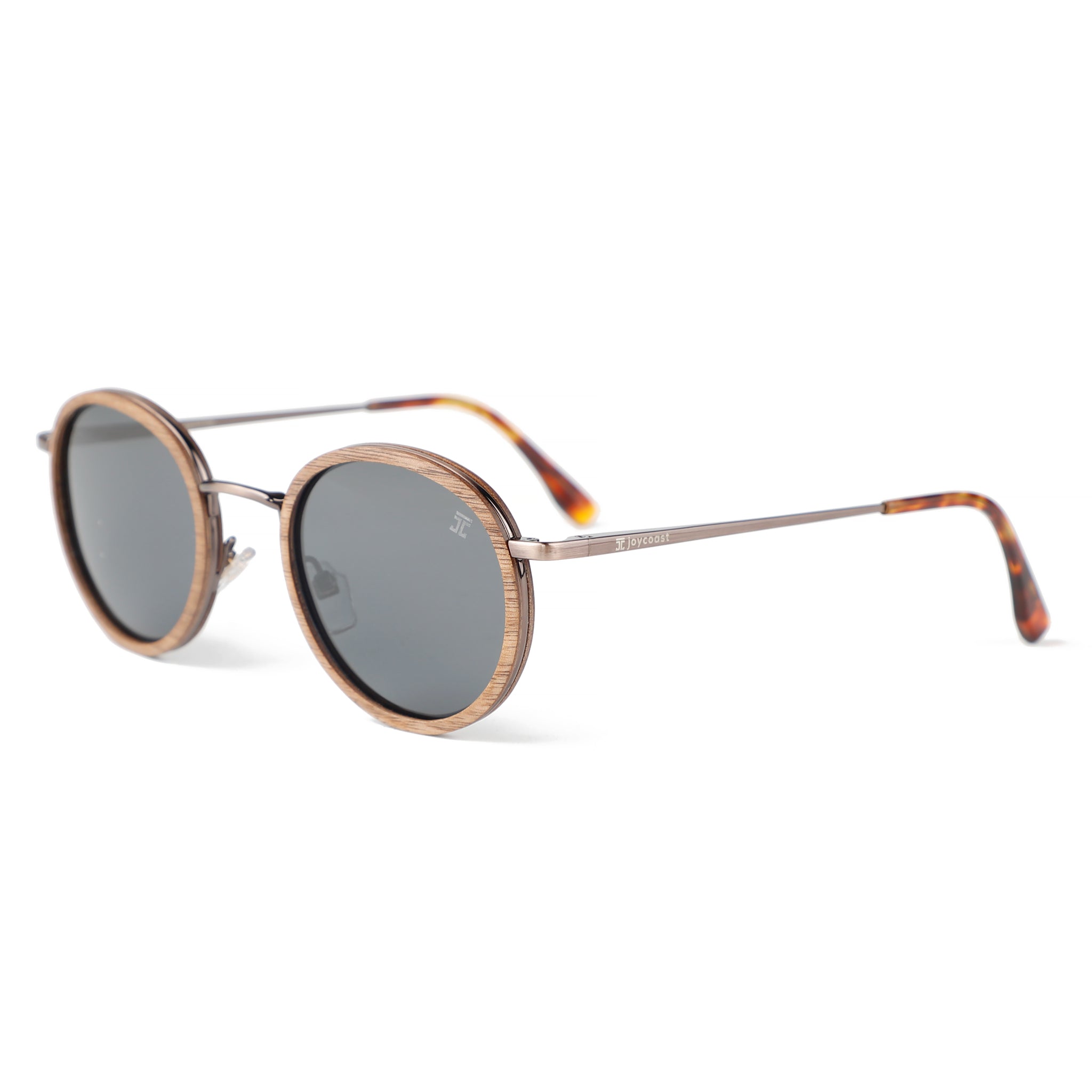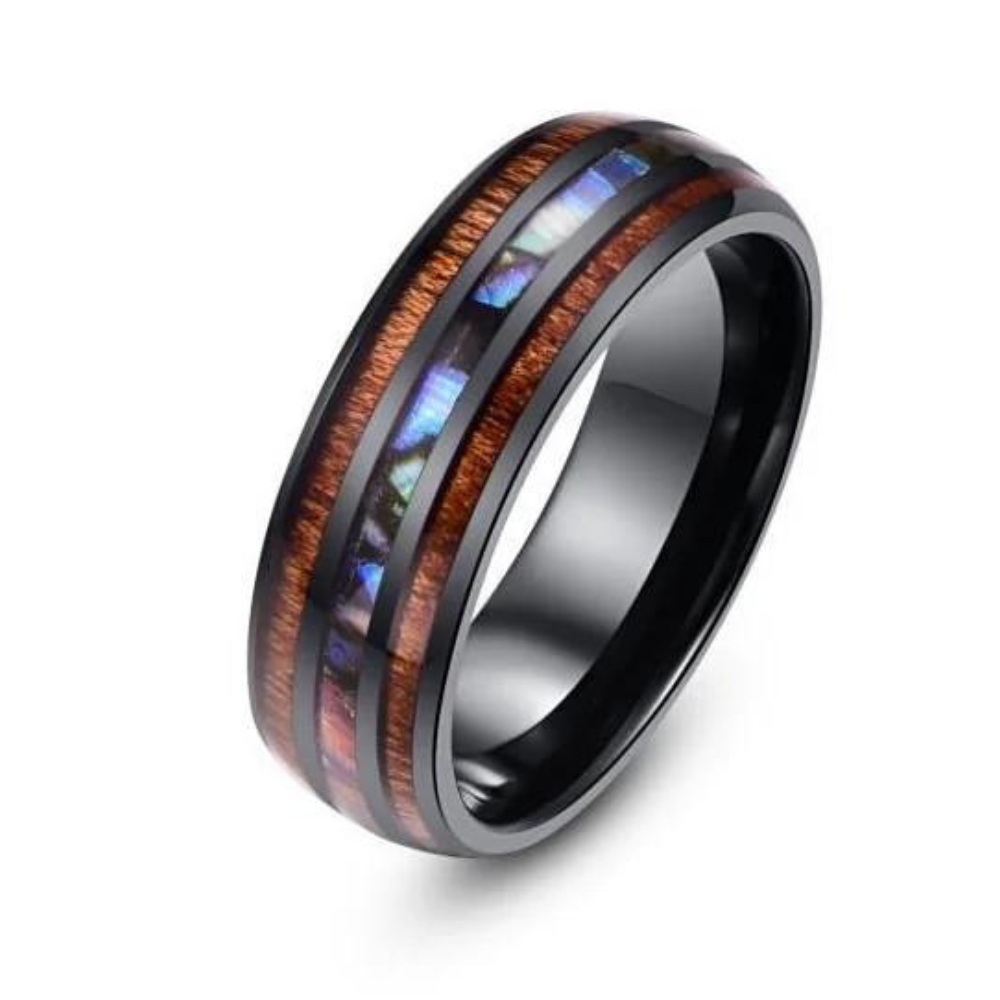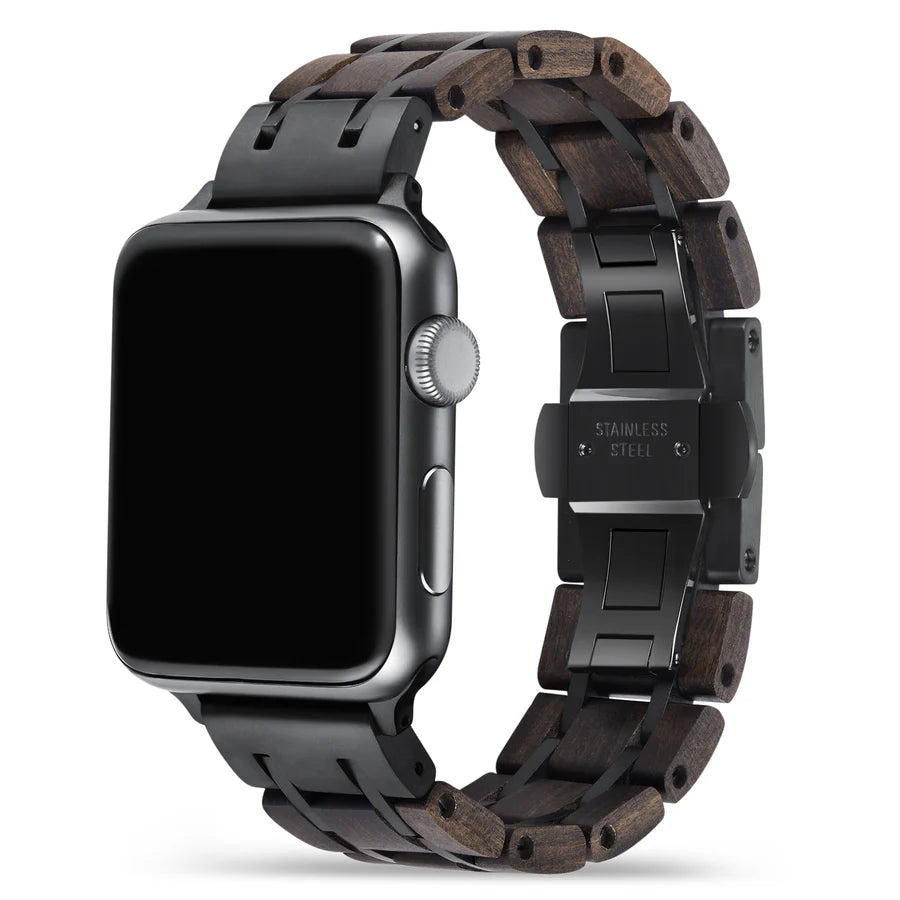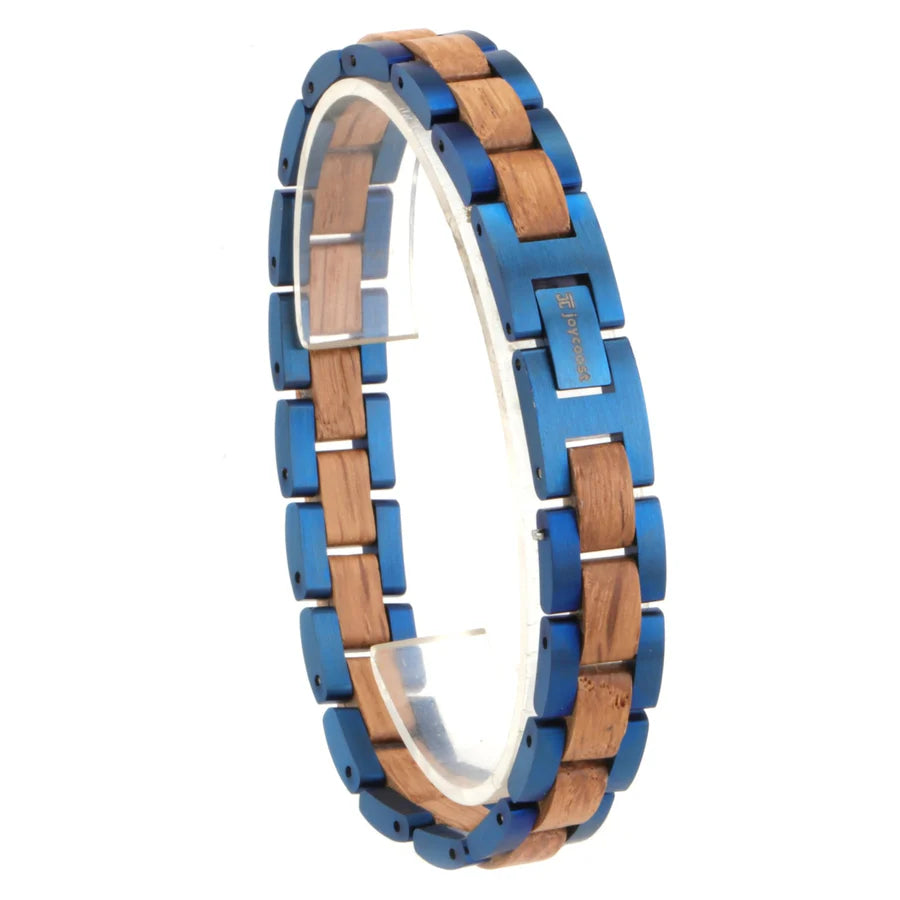Throughout most of human history, there has been a desire to shield one’s eyes from the harsh light of the sun. Over two-thousand years ago, Inuit hunters carved their eye protection from bone, leather or wood with two thin horizontal slits to see through. Out of the sun, it is said that early Chinese judges donned glasses with dark, smoky quartz lenses to conceal their reactions to evidence being given in court.
What’s even more interesting is that sunglasses predate the existence of glasses with corrective lenses! With metal frames and no arms to sit over ears, the first corrective eyeglasses looked a little different to the glasses we know today. At first, only the very wealthy could afford to pay for such an item. As they grew in popularity, Venetian glassmakers made glasses with emerald-green lenses for ship commanders and others who frequented the seas. The green lenses helped dull the glare of the sun off the ocean while at sea.
Sunglasses as we know them today were originally prescribed in western culture to help prevent eye strain and headaches caused by exposure to bright light. When film and sports stars began to wear them more regularly in the early twentieth century, the fashion of wearing glasses with a tinted lens (sunglasses!) became popular. Now that being seen to wear sunglasses was fashionable, sunglasses became cheaper and more accessible.
Natural materials and sunglasses have a long and intertwined history. From bone, metal, wood, leather and stone, our eyes have seen it all!
Things to Look for in a Quality Pair of Sunglasses
-
UV protection – Always check for 100% UVA and UVB protection, since this is what actually keeps your eyes safe.
-
Lens quality – Go for lenses that are distortion-free and scratch-resistant, with polarisation if you want to cut glare.
-
Frame material – Look for durable but lightweight frames so they’re tough enough to last and comfortable to wear.
-
Fit and comfort – Sunglasses should feel secure without slipping or pinching, even if you’re active.
-
Lens colour – Different tints affect brightness and contrast, so pick a shade that suits your lifestyle as well as your style.
-
Craftsmanship – Quality shows in details like sturdy hinges, smooth finishes and no loose parts.
- Sustainability – If it matters to you, seek out eco-friendly materials and responsible production.

